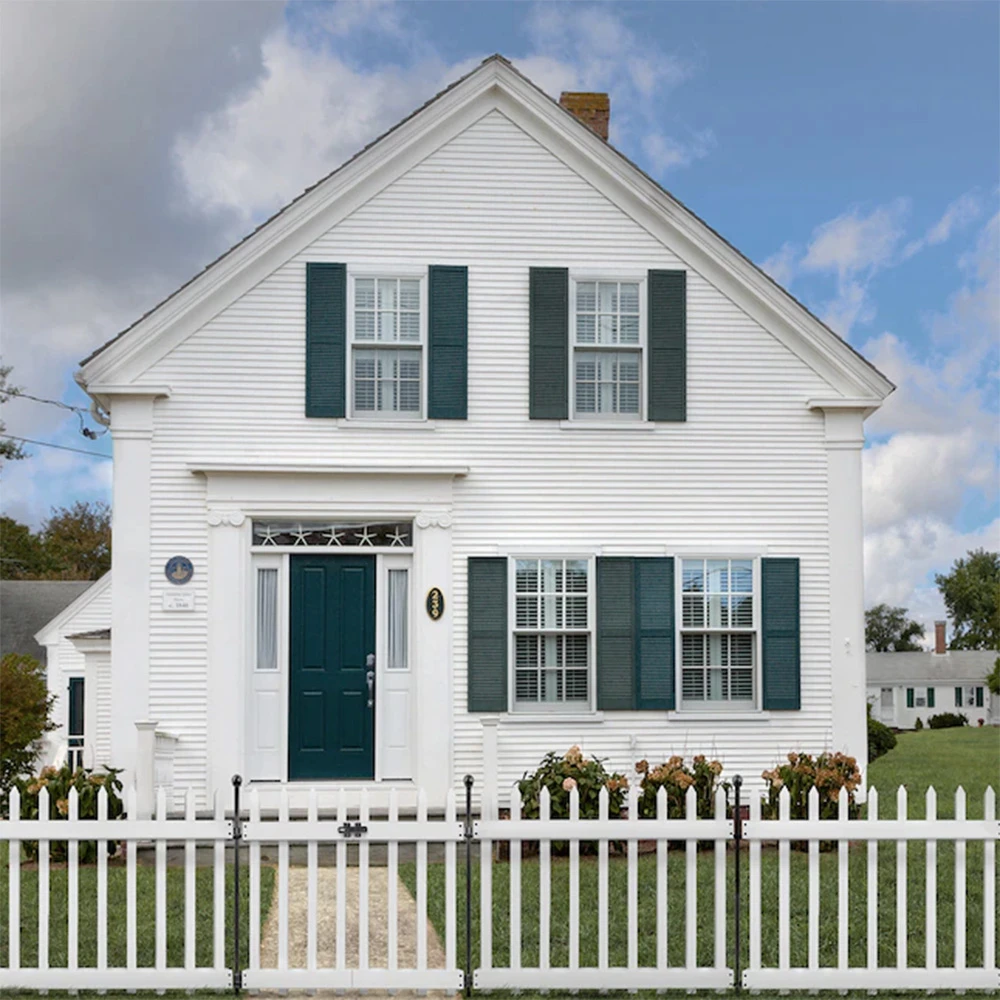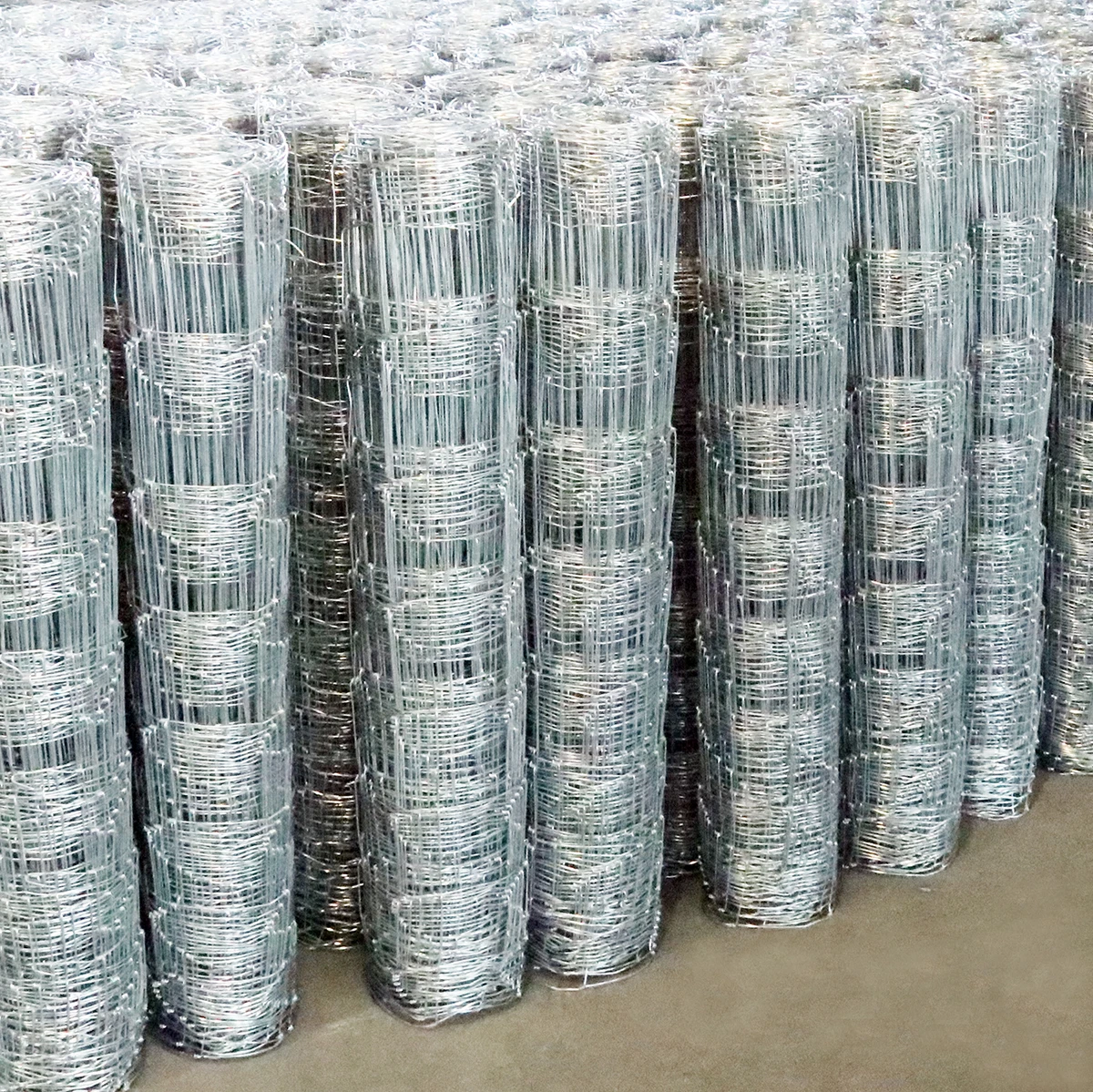types of livestock fencing
11月 . 21, 2024 05:32
Types of Livestock Fencing A Comprehensive Guide
Livestock fencing is an essential aspect of agricultural management, serving both protective and practical purposes. Effective fencing not only keeps animals contained but also safeguards them from predators and prevents them from straying onto public roads or neighboring properties. With various livestock types, the fencing requirements can significantly differ. This article explores the different types of livestock fencing, their advantages, and considerations for selection.
1. Barbed Wire Fencing
One of the most common fencing materials is barbed wire. This type of fencing consists of wires with sharp barbs at regular intervals, designed to deter livestock from pushing against or escaping through the fence. Barbed wire fencing is relatively inexpensive and easy to install, making it a popular choice among cattle and sheep farmers.
*Advantages* - Cost-effective - Durable and requires minimal maintenance - Can cover large areas efficiently
*Considerations* - Not suitable for smaller or more agile animals like goats or sheep, as they can get tangled or injured.
2. Electric Fencing
Electric fencing utilizes electric currents to create a psychological barrier for livestock. It can be effective for holding various types of animals, from cattle and horses to pigs. This type of fencing can be temporary or permanent, depending on the needs of the farmer.
*Advantages* - Highly effective in deterring animals from escaping or entering - Flexibility in design; can be configured for different terrains - Requires less physical material compared to traditional fencing
*Considerations* - Initial investment costs for electric components can be higher - Requires a continuous power source or battery backup - Animals might become accustomed to the shock if not maintained properly
3. Wooden Post and Rail Fencing
Wooden post and rail fencing, often considered more traditional and aesthetically pleasing, involves wooden posts connected by horizontal rails. This type of fencing is popular for horses but can also be used effectively for cows and other livestock.
*Advantages* - Durable and provides a classic look - Sturdy and can contain larger animals effectively - Allows visibility, enhancing safety for both livestock and drivers
*Considerations* - Higher cost compared to wire fencing - Requires maintenance to prevent rot and wear - Can be challenging to install in uneven terrain
types of livestock fencing

Woven wire fencing consists of a mesh of vertical and horizontal wires, creating a solid barrier. This type of fencing is particularly suitable for sheep, goats, and small livestock, as it prevents them from escaping while keeping predators at bay.
*Advantages* - Provides secure containment for various livestock breeds - Strong and resilient against weather conditions - Versatile; can be used in various applications
*Considerations* - Can be more expensive than barbed wire - Installation can be labor-intensive, requiring proper skills
5. Stock Fencing
Stock fencing is specifically designed to hold livestock. It typically consists of vertical wooden or metal posts spaced evenly with horizontal wires or mesh, ideal for defining pastures. This type of fencing is popular in both small-scale and extensive farming.
*Advantages* - Suitable for a wide range of animals - Cowers large areas efficiently, reducing the need for multiple fence lines - Strong protective element for the livestock inside
*Considerations* - Installation requires careful planning to ensure proper tension and support - May require occasional tension adjustments over time
6. Livestock Panels
Livestock panels are pre-fabricated sections made from steel or aluminum, designed to create enclosures for livestock. These panels are often portable, making them suitable for temporary fencing solutions during grazing seasons.
*Advantages* - Easy to move and reconfigure for different grazing areas - Highly durable and resistant to weather elements - Minimal maintenance required
*Considerations* - Can be cost-prohibitive for larger operations - Less flexible for uneven or rocky terrain
Conclusion
Selecting the right type of livestock fencing is crucial to the success of your farming operation. Each type of fencing has its own unique benefits and challenges, and the choice will depend on factors such as the type of livestock being raised, the landscape of the farm, cost considerations, and aesthetic preferences. It is essential for livestock owners to consider these aspects and choose a fencing solution that will provide a safe and secure environment for their animals while also being practical for their management needs. Whether opting for barbed wire, electric fencing, wooden rail, or livestock panels, investing in quality fencing is paramount to preserving both the livestock and the integrity of the farm.









 Unity
Unity Creation
Creation Challenge
Challenge Contribution
Contribution










